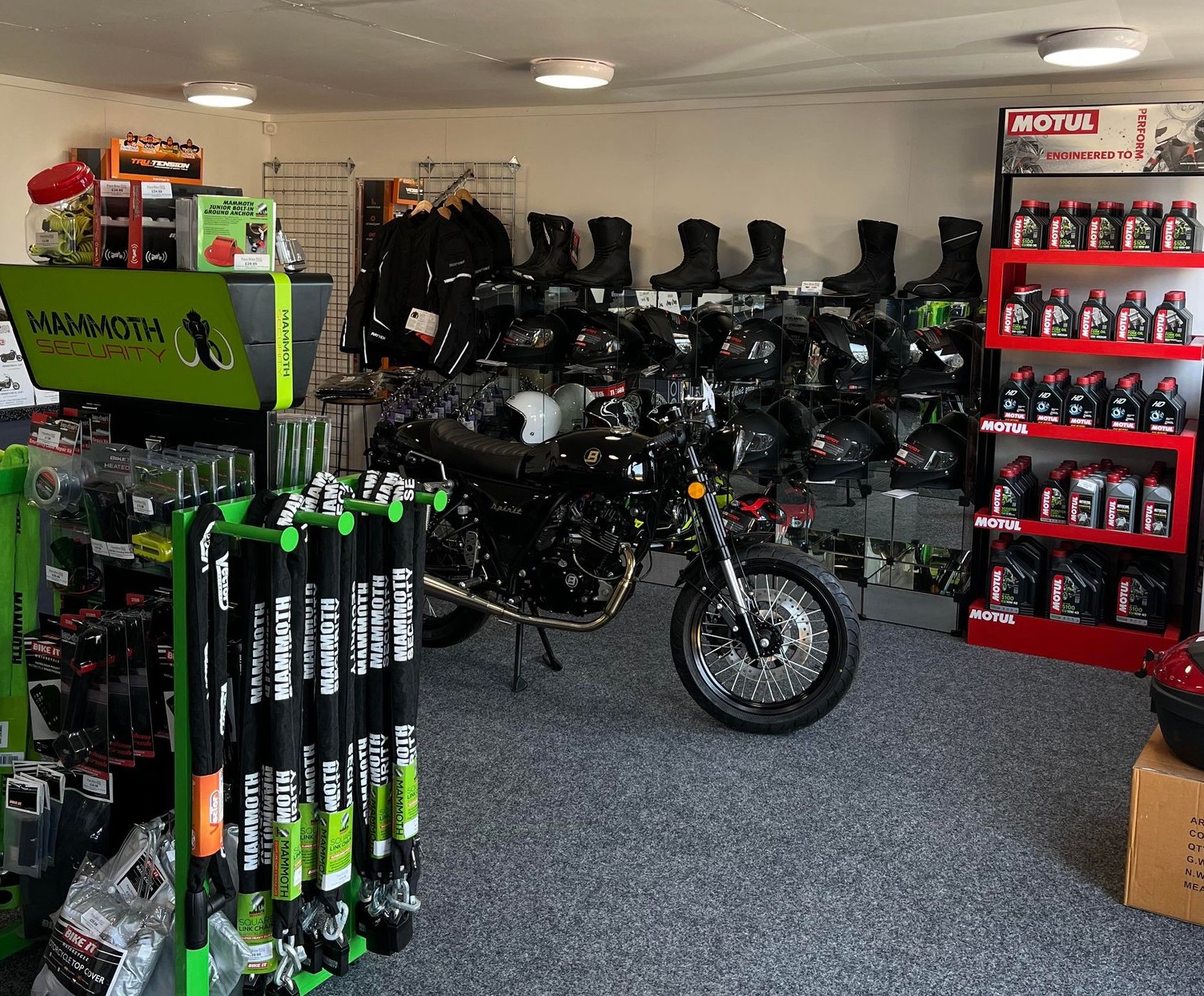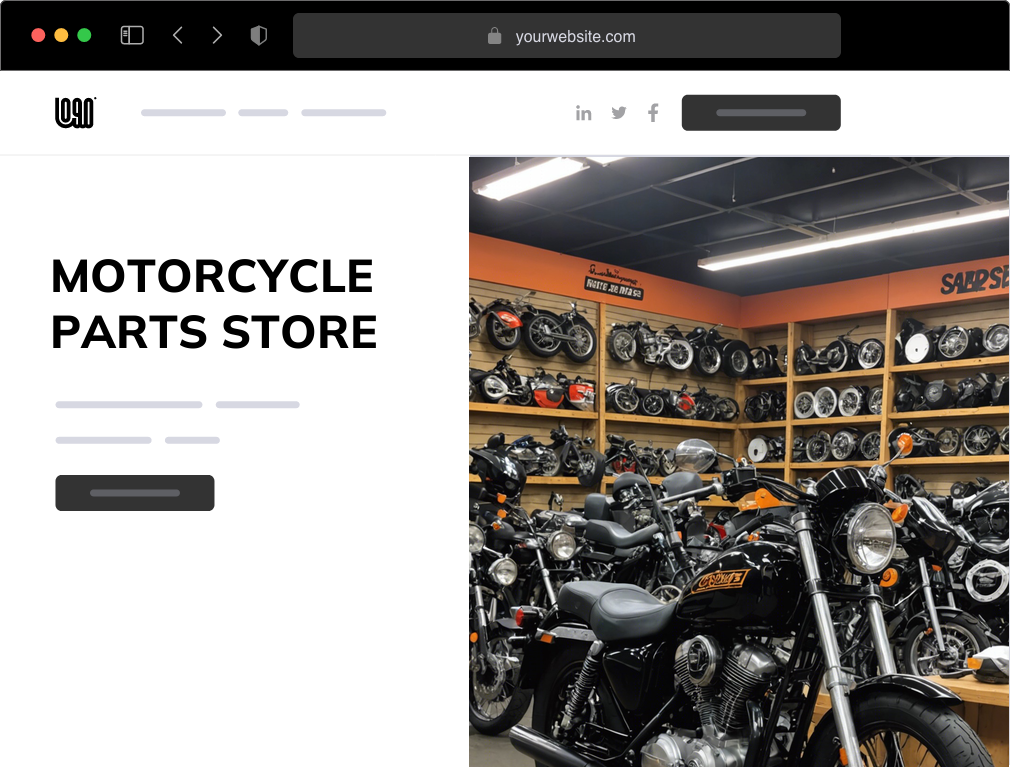Grasping Motorcycle Gears: Just How to Maximize Your Riding Experience
In the realm of motorcycling, understanding the art of gear control is crucial for improving your riding efficiency. Properly recognizing and utilizing motorcycle gears can dramatically impact acceleration, control, and fuel efficiency, transforming a typical experience right into a seamless, exciting journey.
Comprehending Equipment Mechanics
How do the ins and outs of gear auto mechanics influence motorbike performance? At the core of motorcycle dynamics, gear mechanics play a pivotal role in converting engine power right into activity, inevitably determining speed and control. Gears, thoroughly crafted elements, enable bikers to optimize torque and speed, ensuring a smooth shift via different terrains and velocities. The equipment ratios, meticulously created, figure out the connection in between engine transformations and wheel turns, affecting acceleration and fuel performance.
Understanding equipment technicians begins with recognizing the relevance of the gearbox, which houses several gears of differing dimensions. These gears connect through a procedure understood as meshing, where teeth of various gears engage to send power. The precision of this communication is critical; any type of misalignment or damages can lead to inefficient power transfer, hindering performance. In addition, the setup and size of gears affect the bike's capability to manage various tons and rates.
Moreover, the principle of equipment shifting is essential to making best use of performance. Prompt and smooth changes make sure that the engine runs within its ideal power band, stopping unnecessary stress and enhancing long life (motorbike shop). By understanding these mechanical ins and outs, motorcyclists can accomplish a harmonious blend of control, power, and efficiency, raising their riding experience
Timing Your Shifts
Shift timing mastery is important for maximizing motorbike efficiency and improving the riding experience. Effectively timed shifts make certain that the engine operates within its optimal power band, which is important for maintaining control, attaining smooth acceleration, and making certain the durability of the motorbike. Riders need to create an instinctive feeling of when to change gears, which includes understanding the partnership between engine revolutions per minute (RPM) and speed.
To understand change timing, pay very close attention to the engine's audio and feel, as these give important clues regarding when to transform gears. The perfect shift factor typically takes place when the engine comes close to the top variety of its power band without getting to the redline. Shifting as well early can cause an absence of power, while moving also late might trigger unneeded engine pressure
Furthermore, roadway conditions and riding style impact change timing. In city setups, smoother and much more constant changes may be needed to browse website traffic successfully. In comparison, during highway riding, less shifts at higher rates can be better suited. Exercising in varied environments will certainly boost your capability to time shifts precisely, inevitably elevating your riding experience to an expert level.
Enhancing Gas Effectiveness
While grasping motorbike equipments is vital for performance, enhancing gas performance is similarly essential for both economic and ecological reasons. Optimum fuel intake not just reduces operational prices yet also reduces the environmental footprint of riding. To achieve this, one need to understand the detailed partnership between equipment selection and engine efficiency.
Riding in a greater gear at reduced rates can lead to engine lugging, which is harmful to both fuel economic climate and engine health and wellness. Conversely, riding in reduced gears at high rates results in unnecessary gas intake.
Furthermore, normal maintenance plays an essential role in fuel effectiveness. Making certain that the bike is well-tuned, with clean air filters and effectively inflated tires, can boost great site the rules of aerodynamics and reduce gas wastage. Furthermore, embracing a riding style that accepts gradual acceleration and smooth slowdown can add to better fuel economic climate.

Techniques for Smooth Transitions
Accomplishing smooth gear shifts is basic to boosting the riding experience and making sure the durability of a motorcycle's transmission system. Proper equipment moving not only adds to a smooth experience yet additionally lessens wear and tear on the mechanical components. To understand the art of smooth shifts, bikers must focus on a couple of vital techniques.

Second of all, clutch control plays a pivotal role. Involving and disengaging the clutch efficiently needs practice. The clutch lever must be released slowly, allowing for a smooth transfer of power from the engine to the wheels without creating a shock or sudden activity.
Adjusting to Roadway Problems
Navigating diverse roadway conditions is an essential ability for any motorcyclist intending to keep control and safety and security. Whether you're riding on wet surfaces, crushed rock roads, or navigating doglegs, your capacity to adjust your equipment usage and riding strategy is critical. Understanding exactly how to adjust your equipments suitably can substantially influence grip and stability, making certain a more secure journey.
In contrast, when riding on gravel or uneven surface, reduced equipments are better. Reduced equipments offer much better control and permit you to respond even more quickly to unexpected modifications in the road surface area.
Sharp contours demand accurate gear monitoring to balance speed and control. Downshifting prior to getting in a curve can help keep momentum while making sure the bike continues to be secure throughout the turn. Consistent method in varied problems enhances your capability to react and forecast to adjustments in road texture and slope.
Conclusion
Understanding motorcycle equipments considerably boosts the riding experience by enhancing acceleration, gas, and control effectiveness. An extensive understanding of equipment auto mechanics and specific shift timing makes sure the engine runs within its ideal power band, while smooth changes via efficient clutch and throttle coordination increase convenience and efficiency. Adjusting gear option to numerous roadway problems, such as making use of greater equipments on wet surfaces and lower gears on crushed rock, more funky helmets improves handling and security. Inevitably, these abilities boost the overall trip.
Understanding equipment mechanics begins with acknowledging the importance of the transmission, which houses several equipments of differing sizes. These equipments engage with a procedure known as meshing, where teeth of different gears involve to Continued send power (moto parts nz). Gentle modifications to the throttle throughout equipment changes can prevent jerky motions and keep a consistent riding speed
Whether you're riding on damp surfaces, gravel roads, or navigating sharp turns, your capability to adapt your equipment use and riding strategy is critical. Adjusting gear selection to different road conditions, such as utilizing greater gears on wet surfaces and lower equipments on gravel, additional improves handling and security.
Comments on “Discover the most recent Motocross Gear NZ for each Level of Rider”